Services Offered by Taiga
We can handle complex shapes and high-precision dimensional requirements. We can meet a wide range of needs, from large machine parts to small lots and prototypes. We provide a one-stop shop for the entire process and meet customer expectations with prompt delivery.
No information entry required!
Download >Please feel free to contact us for production consultation!
Contact >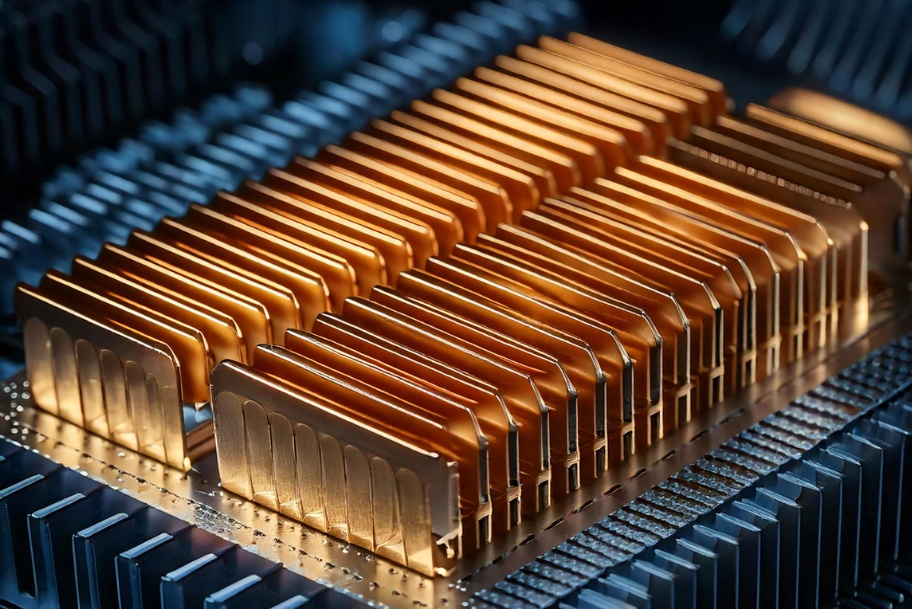
Cutting processing is a method used to shape materials such as metal and plastic by removing material with cutting tools. A simple example of cutting processing is using a pencil sharpener to shave a pencil. In this case, the sharpener blade is the cutting tool, and the pencil is the workpiece being processed. To explain in more detail, a tool (called a "bit") is attached to a machine tool, and it is brought into contact with the material. The material or tool is then rotated or moved linearly to gradually remove small amounts of material. Many products we use every day, such as automotive parts, aerospace components, home appliances, and molds, are made through cutting processing.
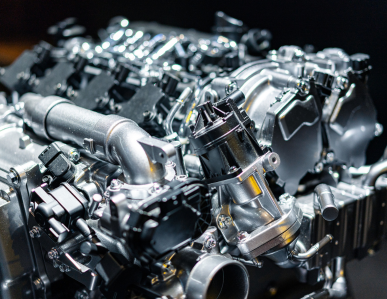
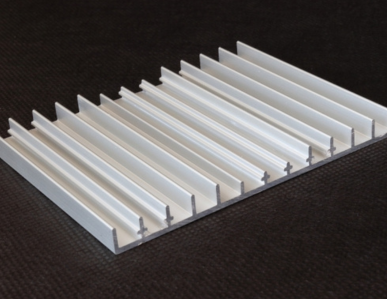

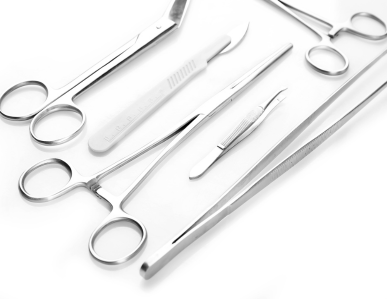
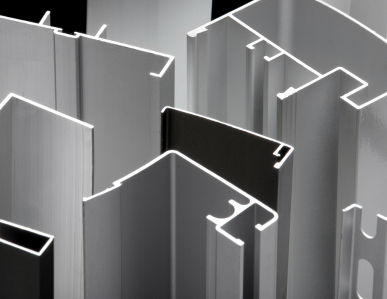
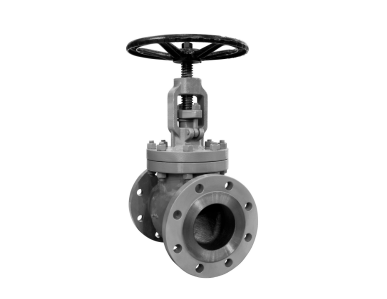
No information entry required!
Download >Please feel free to contact us for production consultation!
Contact >In cutting, very high dimensional accuracy can be achieved by precisely controlling the tool. It is also possible to machine parts that require micron-level accuracy. This makes it ideal for machining parts for precision machinery and electronic devices.
By combining various machine tools such as lathes, milling machines, and machining centers with cutting tools, we can handle the machining of complex shapes such as flat and curved surfaces, holes, and grooves.
It can cut a wide variety of materials, including not only metals, but also plastics, wood, and ceramics.
Cutting can be used for various production quantities, from one-off items to mass production. It is also flexible enough to accommodate design changes, making it suitable for prototype production and small-quantity, high-mix production.
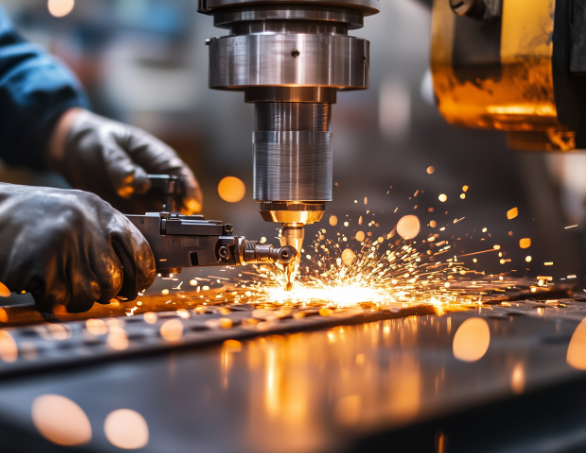
First, we determine what kind of product or part will be made and create a blueprint.
Drawings can be created and edited on the Taiga.
Everyone can edit 2D drawings at the same time using the pen, highlight, typing, and chat functions.
Based on the blueprints, we select materials to be processed, check dimensions and shapes, etc.
Selects appropriate machine tools according to the shape, dimensions, and accuracy of the product to be machined. Create and set up a machining program to control the movement of the machine tool.
The machine tool is operated to apply the tool to the material for cutting. Machining accuracy and surface roughness can be improved by properly setting the rotation speed, feed rate, and depth of cut.
We perform processes such as deburring, surface treatment, and painting to enhance the appearance of the product or part. Surface treatments include plating, painting, and anodizing, which are selected based on the product’s application and requirements.
Finished products are inspected for size, shape, appearance, and strength to ensure that they meet quality standards.
Developed parts and products are stored on Taiga, making it easy to reprocess (or re-purchase) the same items when needed.
No information entry required!
Download >Please feel free to contact us for production consultation!
Contact >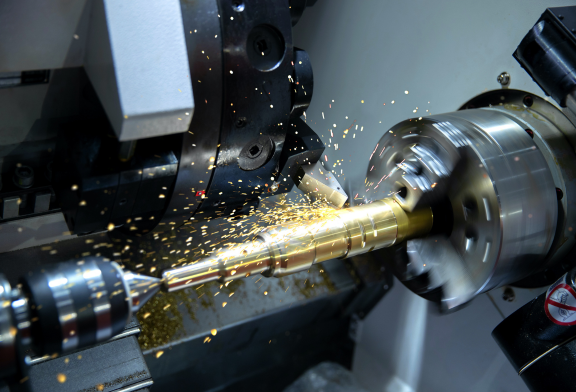
Lathe machining is a machining technique in which a metal bar or cylindrical material is shaved with a cutting tool while being rotated. It can precisely cut, groove, and thread the outside and inside diameters, and is ideal for machining cylindrical parts. Machines ranging from manually operated general-purpose lathes to computer-controlled NC and CNC lathes are used depending on the application. Since high dimensional accuracy and smooth finish are required, these machines are used in a wide range of fields such as automobiles, aircraft, and precision equipment.
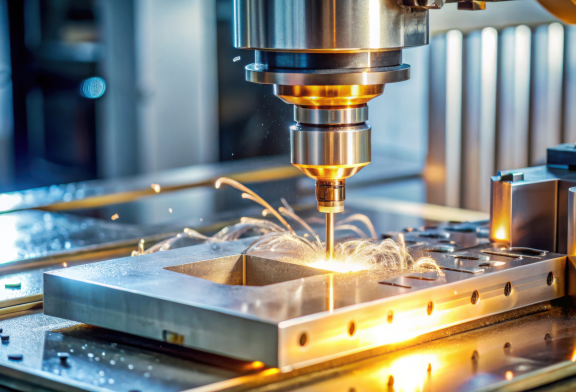
Wire-cut processing is a technology to precisely cut metals by passing an electric current through an extremely thin metal wire (wire) and using the electrical discharge phenomenon. Since the process is non-contact, there is no blade wear, and it can be used to process hard metals and complex shapes. Micron-level precision can be achieved through computer control, making it particularly suitable for manufacturing molds and precision parts. A type of electric discharge machining, it is characterized by its low thermal effect and high precision and smooth finish.
No information entry required!
Download >Please feel free to contact us for production consultation!
Contact >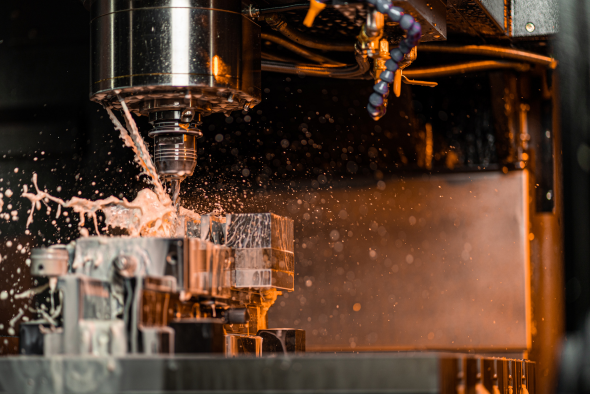
The system handles the entire cutting process, from design to material preparation, machining, inspection, and finishing. In addition, data for completed parts and products are stored on the Taiga and can be re-purchased with a single click.
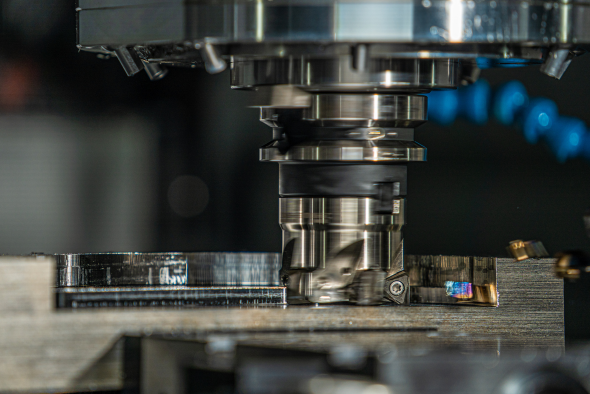
We consistently support high-precision and high-quality manufacturing processes by utilizing the latest equipment and the expertise of our engineers cultivated over many years.
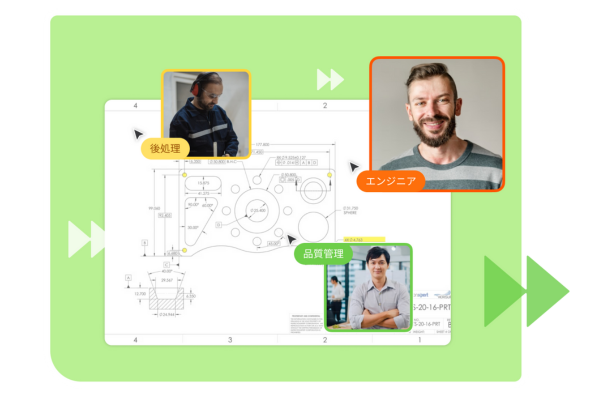
At Taiga, we offer a variety of services designed to achieve more efficient manufacturing.
First, we provide a "collaboration feature" that allows all project stakeholders to view and approve drawings and contracts in real-time.
Additionally, our platform enables easy communication through chat, and consolidates various files—such as 2D and 3D drawings, quotes, and project-related documents—into one central location.
These services help meet the diverse needs of our customers, streamline information sharing, and improve efficiency by reducing inspection time, returns, and rework.
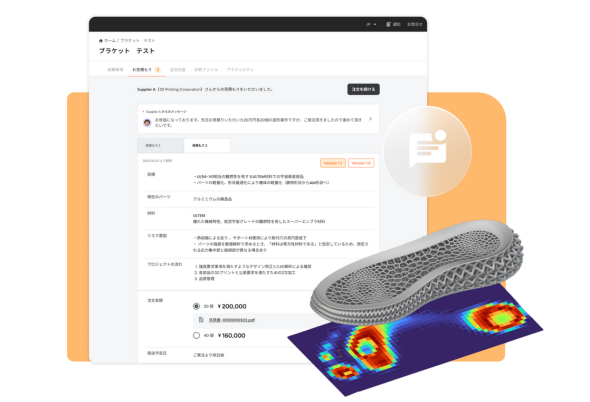
In addition to cutting, we also support various manufacturing methods such as CFRP processing, sheet metal processing, 3D printing, and injection molding. We propose multiple manufacturing methods best suited for your products, reducing the time and effort required to search for subcontractors. We realize quick quotations and smooth parts manufacturing.
Sign Up
Contact us to request a registration form, and our team will help you get started.

Upload Your Design
Submit your drawings and project requirements through the platform.

Get Technical Proposals
Receive detailed proposals from multiple companies with advanced technical expertise.

Compare and Collaborate
Use Taiga’s built-in chat and drawing tools to review and discuss proposals with each company.

Place Your Order
Once you’ve chosen the best proposal, place your order directly through Taiga and start production.
No information entry required!
Download >Please feel free to contact us for production consultation!
Contact >
Taiga collaborates with companies that possess advanced processing technologies to deliver the most suitable technical proposals for your needs. Receiving proposals from multiple companies for a single project expands your options and allows you to compare different approaches. By evaluating construction methods, costs, and delivery times, you can choose the most efficient and balanced solution. All participating companies have a proven track record in manufacturing and have built trusted relationships with Taiga’s operator, 3D Printing Corporation, over many years. Our flexible system supports highly specialized technologies, helping to reduce the time and effort required for technical research and vendor selection.
You can view the details of each technology.
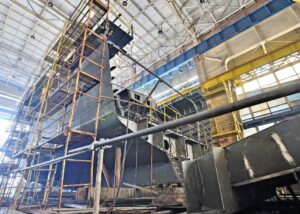
Procurement Barrier Looms in Shipbuilding Repairs In shipbuilding repair and refurbishment, procurement of a wide variety of small-volume components and large steel structures frequently [...]...

Alex (Interviewer): Mr. Suzuki, thank you for sitting d [...]
![Important] Notice of Change of Company Name](https://trytaiga.com/wp-content/uploads/2025/09/Important-notice-300x214.png)
Dear Sir or Madam, We hope that all is well with you at this time. We would like to take this opportunity to thank you for your continued support. We would like to take this opportunity to [...].
In addition to cutting, Taiga can handle all other manufacturing methods.
Our experienced engineers equipped with state-of-the-art technology will propose the best manufacturing method to meet your requirements.